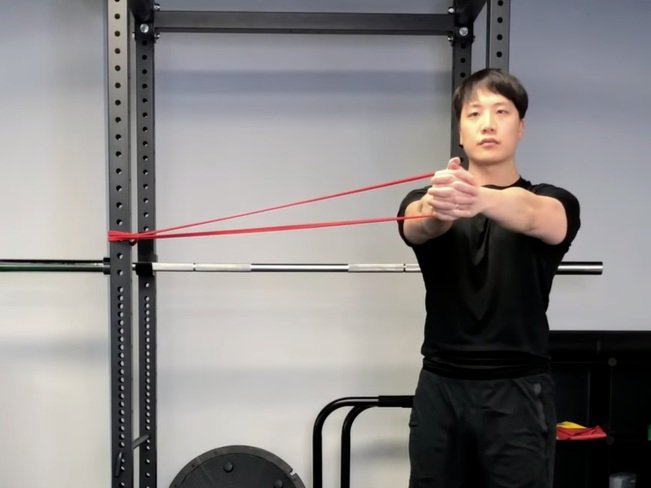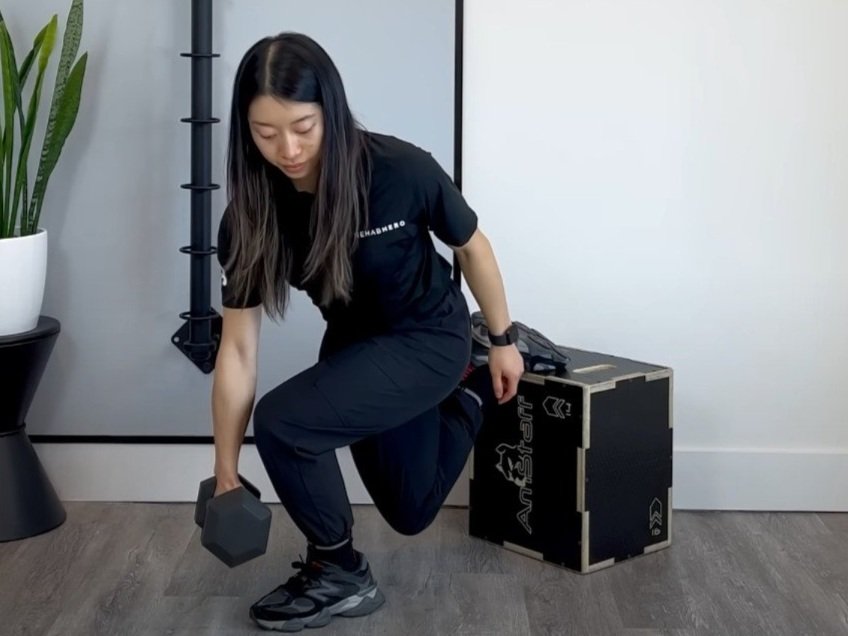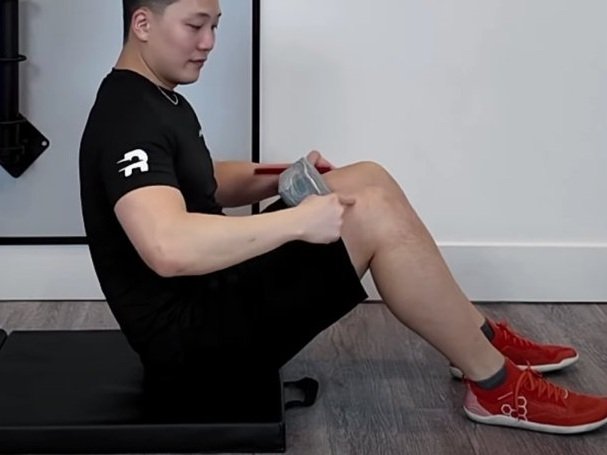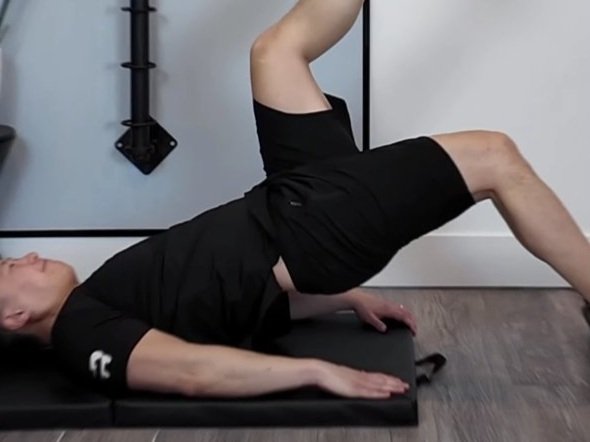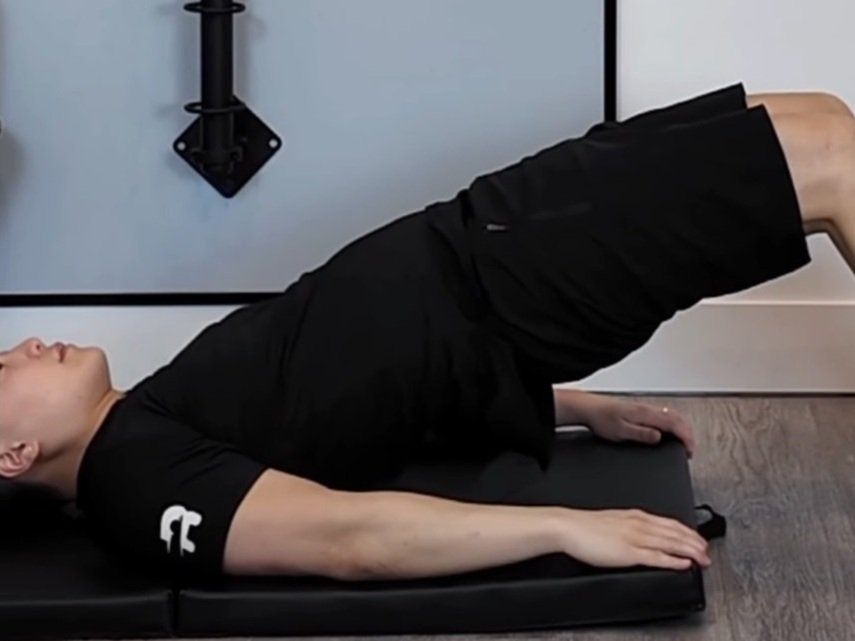Acetabular Labral Tears
Causes of hip pain and impingement
How this hip condition can cause instability and pain
What is an acetabular labral tear?
The acetabulum is the socket in a hip joint where the femoral head sits. Within the acetabulum is a labrum which acts as an interface between the hip socket and the thigh bone. Much like the labrum in your shoulder, the acetabular labrum lines the acetabular rim and functions to distribute compressive forces, reduce cartilage stress, and to provide a seal in the joint.
The labrum also functions to improve hip joint stability by creating a deepened socket. This helps to create a negative intra-articular pressure to counter any distractive forces.
A tear within the acetabulum can be the cause of chronic hip pain. This is because frictional forces within the hip surfaces increases. Additionally, the detachment of the labrum lead to decreased capabilities in the aforementioned functions.
What causes a labral tear?
The are multiple different causes of injury to the acetabular labrum. Some mechanisms of injury include:
Acute Trauma
Repetitive Trauma
Congenital Hip Dysplasia
Degeneration
Capsular Laxity or Instability
Femoro-acetabular Impingement
Unlike the external 1/3 of the labrum, the inner 2/3rds does not have blood supply. Due to the lack of blood supply, chronic hip pain can ensue as the inner two-thirds of the labrum is slow healing following injury. Pain is often experienced at the superior and anterior quadrant of the labrum. This is due to the densely packed free nerve endings found in this location.
Who is usually gets labral tears?
Acetabular labral tears can be found in up to 20% of athletes with groin pain. This can happen in any age group but tends to have a 3:1 ratio of female to males. Risk factors include:
Genetics (Congenitial Hip Dysplasia)
Degeneration (arthritis)
Capsular instability (dancers, gymnasts)
Femoro-acetabular Impingement (FAI)
Sports (Repetitive overuse during weight bearing twisting or pivoting)
What does a labral tear feel like?
With acetabular labrum tears, groin pain is the most common symptom. This occurs in about 90 percent of cases. The pain may also extend into the low back or gluteal / buttock region. Generally pain is worse with exercise or physical activity, particularly in flexed positions.
Flexed position can include sitting in a deep sofa, bed or chair, or at the bottom of a deep squat. About 80% of patients may also experience joint locking and hear clicking or catching of the labrum during movement. Other descriptions of hip symptoms may include the ‘hip giving way’ or hip stiffness.
Often range of motion is not affected, and if so it is mildly limited. However sharp pain may be experienced with full hip flexion. Muscle strength tends to also be unaffected.
Who should I see for my labral tear?
You can directly see your sports physiotherapist or chiropractor without a referral from your medical doctor. Your clinician will perform special tests to confirm the diagnosis of a labral tear. Some special tests include:
FAIR Test
This test combines hip flexion, internal rotation and slight hip adductor to create a compressive force in the anterior surface of the labrum. A positive test occurs with reproduction of pain or with hearing an audible click or snap during the test.
Resisted Straight Leg Raise
This test is used to examine the integrity of the rectus femoris muscle’s attachment to the labrum. The patient resists a downward force on the leg to engage the muscle and a positive test occurs when pain is reproduced.
FABERE / Patrick’s Test
This test is used to assess if passive hip extension, abduction and external rotation of the hip can reproduce pain or cause an audible snap. A positive test is indicative of a posterior acetabular labral injury.
To get your hip examined by a Rehab Hero specialist click the button below to book an appointment:
Do I need an x-ray for acetabular labral tears?
Generally x-rays are not required for the diagnosis of labral tears. This is because labral tears will not show up on an x-ray since it is a soft tissue (and not bone). However x-rays may be useful for ruling out other bone fractures or to assess for dysplasia. MRI-Arthrogram may be useful for the diagnosis of a labral tear and is used to assess for the requirement of surgical intervention.
Treatments for acetabular labral tears
It will be important to partake in relative rest from aggravating positions or activities during the recovery process. In the subacute and chronic phases of healing, general conservative treatments to increase range of motion, joint stability and hip strength is required for long term recovery. Consulting a physiotherapist or chiropractor for exercise rehabilitation is recommended for creating a program specific to you.
Passive therapies in the form of massage therapy, joint mobilization or manipulation, and acupuncture can be used for managing pain symptoms and for focusing on areas of compensation.
Surgery may be recommended by your orthopedic surgeon depending on the severity of the labral tear. Following surgery, rest from aggravating activities is recommended for 4-5 days prior to beginning rehabilitation. Initial exercise rehabilitation in a hydrotherapy pool may be completed to allow joint movement while minimizing compression in the joint. Subsequently exercise rehabilitation prescribed by your physiotherapist or chiropractor is used to increase range of motion and to strengthen the muscles of the hip.
3 Beginner Exercises for Acetabular Labral Tears
General goals of exercise rehabilitation is to strengthen the muscles of the hip, increase dynamic lumbar stabilization, and to increase hip joint stability.
One basic exercise that aims to accomplish all three exercise goals at once is the Glute Bridge exercise:
An exercise that aims to increase dynamic hip stability and strength in the Hip Dip exercise:
Lastly, an exercise that focuses on increasing dynamic lumbar stabilization is the Pallof Press exercise:
An exercise program may last 2-6 months depending on the severity of the labral tear and demographic factors. To receive an exercise program from a Rehab Hero qualified clinician book in an appointment using the button below:
Got a question regarding acetabular labral tears? Let us know in the comments below!
Written By:
Dr. David Song, Chiropractor, Rehab Coach







